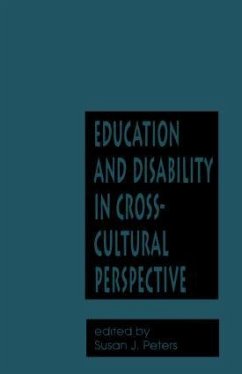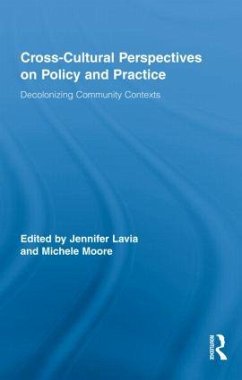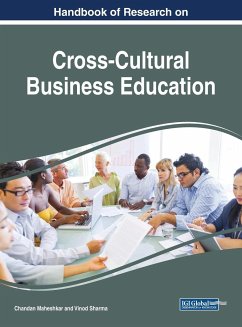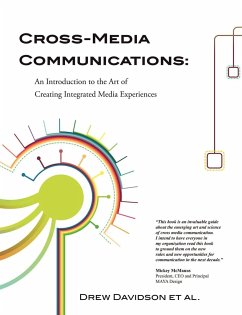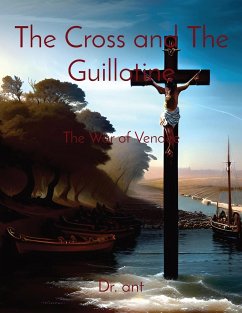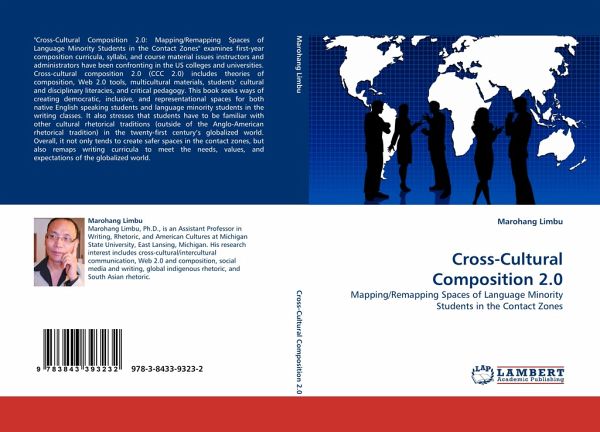
Cross-Cultural Composition 2.0
Mapping/Remapping Spaces of Language Minority Students in the Contact Zones
Versandkostenfrei!
Versandfertig in 1-2 Wochen
39,99 €
inkl. MwSt.

PAYBACK Punkte
20 °P sammeln!
"Cross-Cultural Composition 2.0: Mapping/Remapping Spaces of Language Minority Students in the Contact Zones" examines first-year composition curricula, syllabi, and course material issues instructors and administrators have been confronting in the US colleges and universities. Cross-cultural composition 2.0 (CCC 2.0) includes theories of composition, Web 2.0 tools, multicultural materials, students'' cultural and disciplinary literacies, and critical pedagogy. This book seeks ways of creating democratic, inclusive, and representational spaces for both native English speaking students and lang...
"Cross-Cultural Composition 2.0: Mapping/Remapping Spaces of Language Minority Students in the Contact Zones" examines first-year composition curricula, syllabi, and course material issues instructors and administrators have been confronting in the US colleges and universities. Cross-cultural composition 2.0 (CCC 2.0) includes theories of composition, Web 2.0 tools, multicultural materials, students'' cultural and disciplinary literacies, and critical pedagogy. This book seeks ways of creating democratic, inclusive, and representational spaces for both native English speaking students and language minority students in the writing classes. It also stresses that students have to be familiar with other cultural rhetorical traditions (outside of the Anglo-American rhetorical tradition) in the twenty-first century''s globalized world. Overall, it not only tends to create safer spaces in the contact zones, but also remaps writing curricula to meet the needs, values, and expectations of the globalized world.



